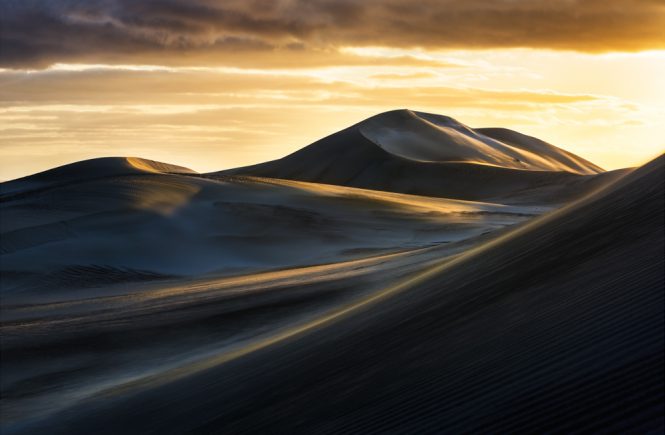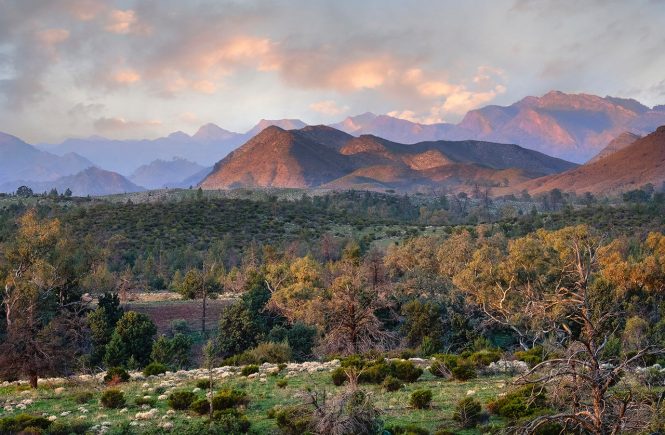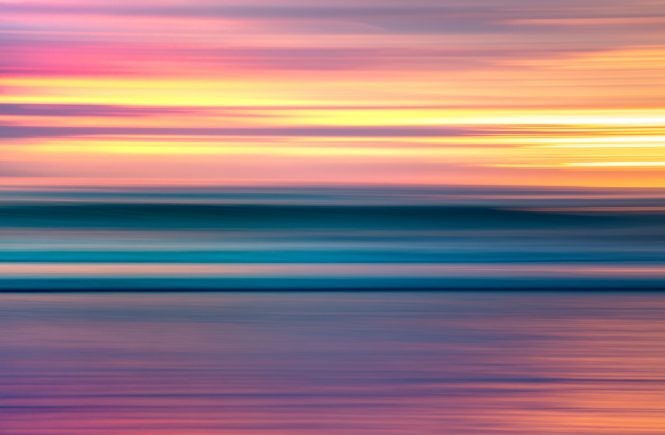David Dahlenburg’s photography is striking, to say the least. His aerial work shows the perhaps unexpected beauty of human-altered landscapes and the majesty of natural forms. Often, the two are hard to tell apart.
Indeed, David’s images invite contemplation. This I believe is one of the hallmarks of great photography. The viewer is invited to think about what they are looking at and what the photographer might be trying to communicate.
It’s clear from our interview that David is influenced by a wide range of artists. He reminds us that the more “widely-read” we are as photographers, the better we are able to develop our own photographic style by combining ideas in novel ways.
If you’d like to see more of David’s work, check him out on Instagram at @david_dahlenburg_photography and at his website daviddahlenburg.com.
Thanks mate!
1) Can you tell me the story of how you first became interested in photography?
I travelled to the UK in 2006 to catch up with a girl I had started seeing. She was working in England for a year.
While I was over there, I completed a three-week bus trip around Europe. I had a 35mm Yashica SLR my mother gave me. I really had no idea how to use it. After the bus trip, we travelled around Ireland, Scotland and England.
After 11 weeks I returned to Australia. I got the 25 rolls of film processed at the local chemist. Out of all the photos, I thought four or five were half decent. I was hooked. I wanted to learn more. I started buying photography magazines and ‘how-to’ books on landscape photography. I’m pleased to say that the girl I went to visit is now my wife and we have three beautiful children.
2) I’m particularly fond of your black and white work in the Barossa – a couple of images remind me of Cartier-Bresson’s black and white work in rural France. Was there anything or anyone who inspired you to work in black and white for this series?
Thanks, I’m a big fan of black and white photography. I think that there is a real purity to this genre.
I spent a weekend in Victor Harbor in 2014 at a Peter Eastway workshop. Peter gave a presentation on finding inspiration and learning from photographers whose work speaks to you. He recommended finding ten photographers and really studying their images to discover what made the images so captivating.
One of the photographers on his list was Michael Kenna. Since that day I have been a huge fan of his work. Many of his photos are captured at night or in foggy conditions, this really adds to the atmosphere. The Canadian photographer Michael Levin and American photographer John Sexton have also inspired me to capture the Barossa in black and white.
My favourite weather to capture the Barossa is on foggy mornings. I find the Barossa is quite a busy landscape, the fog helps to de-clutter and simplify the images and also adds a layer of mystery.

I’ve collected a small collection of fine art photography books over the years. I find collecting them a bit addictive. You can learn so much by looking at good images. I think that when I’m out capturing photos, all of the lessons I’ve learned from my favourite photographers appear in my work.
I also find it handy in post-production to reference some of these books to get the contrast and feel ‘just right’.
3) Your aerial images of man-made landscapes are also intriguing. Are you an environmentalist at heart, or is there some other message to take away from these images?
I really love aerial photography. In the last couple of years, this has been my main focus.
I read Edward Burtynsky’s book Essential Elements a few years ago, it had a huge impact on me. It opened my eyes to the impact that we have had on the natural world. It motivated me to capture images of manufactured landscapes.
I care about the world around me and try my best to have a minimal impact on the earth. I’m not a person that screams and shouts about the environment, I would rather show someone a series of photos of what is happening in their environment and let them decide if they morally agree with what is happening.
I am also aware that we all use things that are made from minerals that are dug out of the ground, I’m a big believer in minimising this impact by repairing broken things, reusing and recycling.
South Australia has a huge range of aerial photography subject matter. My approach to aerial photography is to find interesting areas to photograph using Google Earth and then seeing if I can organise a flight.
What I love is capturing landscapes that are off the beaten track. I love coming home with an original image that I haven’t seen before. It’s also nice to be able to express myself with abstract aerial imagery that leaves the viewer having to study the image for a while in order to make sense of it.

4) What is one piece of kit that you absolutely cannot live without?
That’s a tricky one.
When I go for a flight, I can’t live without my 70 to 200mm VR lens. I love being able to find a feature on the landscape below and zoom in tight on it. I find the vibration reduction makes a huge difference.
When I’m capturing traditional landscapes I can’t live without a good polariser filter. It’s great for reducing glare and boosting saturation. It also helps to give clouds more definition, especially for black and white photography.
5) I notice you are reasonably well-travelled – where is the first place you’re going once the COVID-19 restrictions are lifted?
Before my wife and myself had children we travelled a lot.
We visited lots of countries around the world. I thought that to be a great photographer you had to visit exotic locations. My views have now shifted. Don’t get me wrong, I would love to visit Iceland next week but that’s not going to happen. Good photos can be created anywhere. We are blessed in South Australia, we have such a diverse landscape.
I’m looking forward to flying over the upper Spencer Gulf again and around Lake Torrens and Lake Frome. I’m also looking forward to exploring some of the sand dunes around Penong on the Far West Coast.
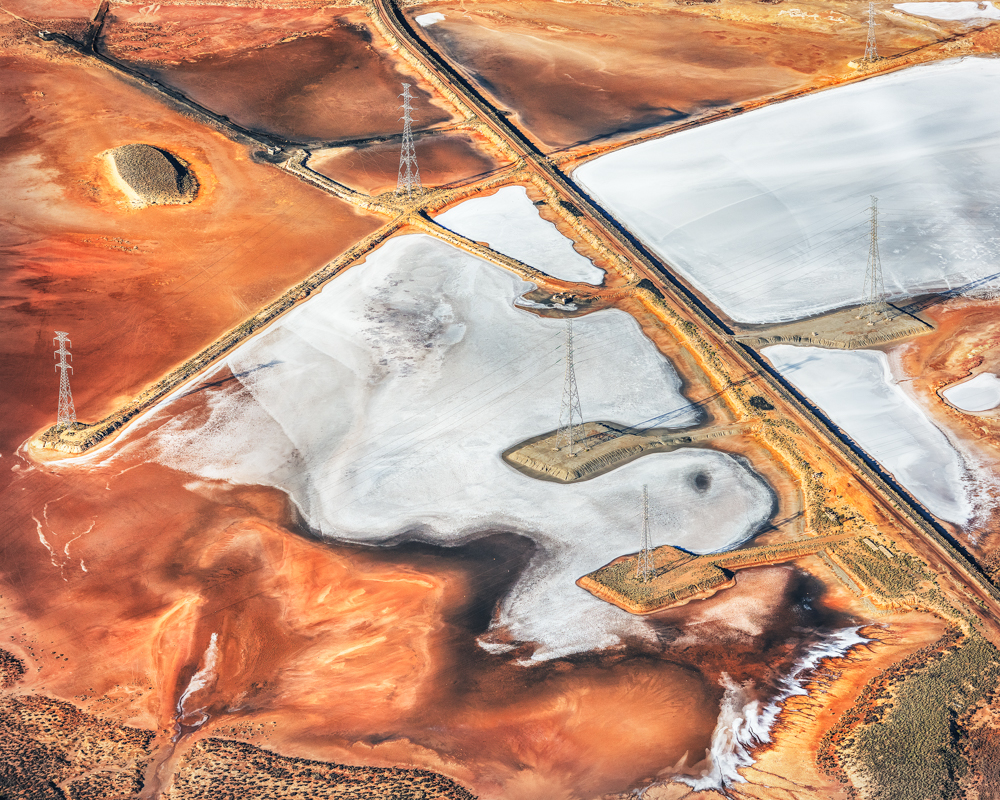
6) Who are some of the photographers that you admire, and why?
As I mentioned before, I have a collection of photography books that is growing all the time. Josef Hoflehner is one of my favourites. I fell in love with his moody black and white work. I also find his colour images of Middle America fascinating. He has a way of turning everyday streetscapes into works of art.
Sebastiao Salgado is another amazing black and white photographer. His photographic output is prolific. I first became interested in his work when I read his book Genesis. I’ve since read his book, Workers. He captures the most amazing and intimate scenes.
I mentioned Michael Kenna before. I like all of his work. His book Rouge has inspired me to start a project to capture industrial photos around South Australia. His attention to shape, form and contrast is remarkable. He is also not scared to leave large areas of his images almost pure black. I really like his use of contrast to create mystery.
American photographer Adam Schallau has also had a big impact on me. I spent 3 days with him in the Grand Canyon. He gave me a great foundation in landscape photography. I read a lot of magazines when I first started out. The problem I found was they used a lot of jargon that was confusing. Adam showed me a basic workflow to ensure I had the best quality digital file. He also was helpful with composition tips. His dedication to capturing the Grand Canyon and America’s South West is amazing.
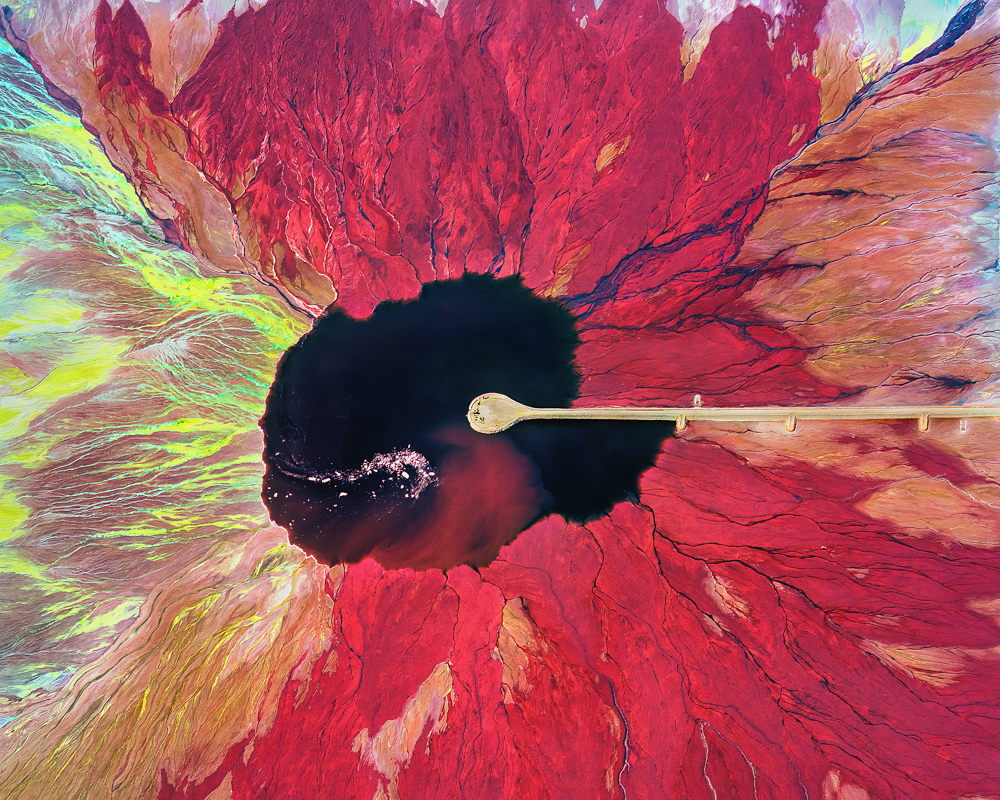
7) If you had one piece of advice for aspiring photographers, what would it be?
You can’t expect to be a great painter if you haven’t studied the work of the great painters.
Photography is no different. The more great photography you study the greater the understanding of composition, light and tones you will have. I’m not saying copy your favourite photographer, but look at the work of many great photographers and discover what you like about their work. Then your work will improve and you will find your own personal style.
Early on I got frustrated that my photos didn’t look amazing straight out of the camera. Most RAW files don’t look great when you open them on your computer. You need to learn a basic post-production workflow that works for you. You don’t have to be a photoshop wizard but you do need to learn the basics to get the best out of your images.
Have fun and don’t be scared to try new things.

